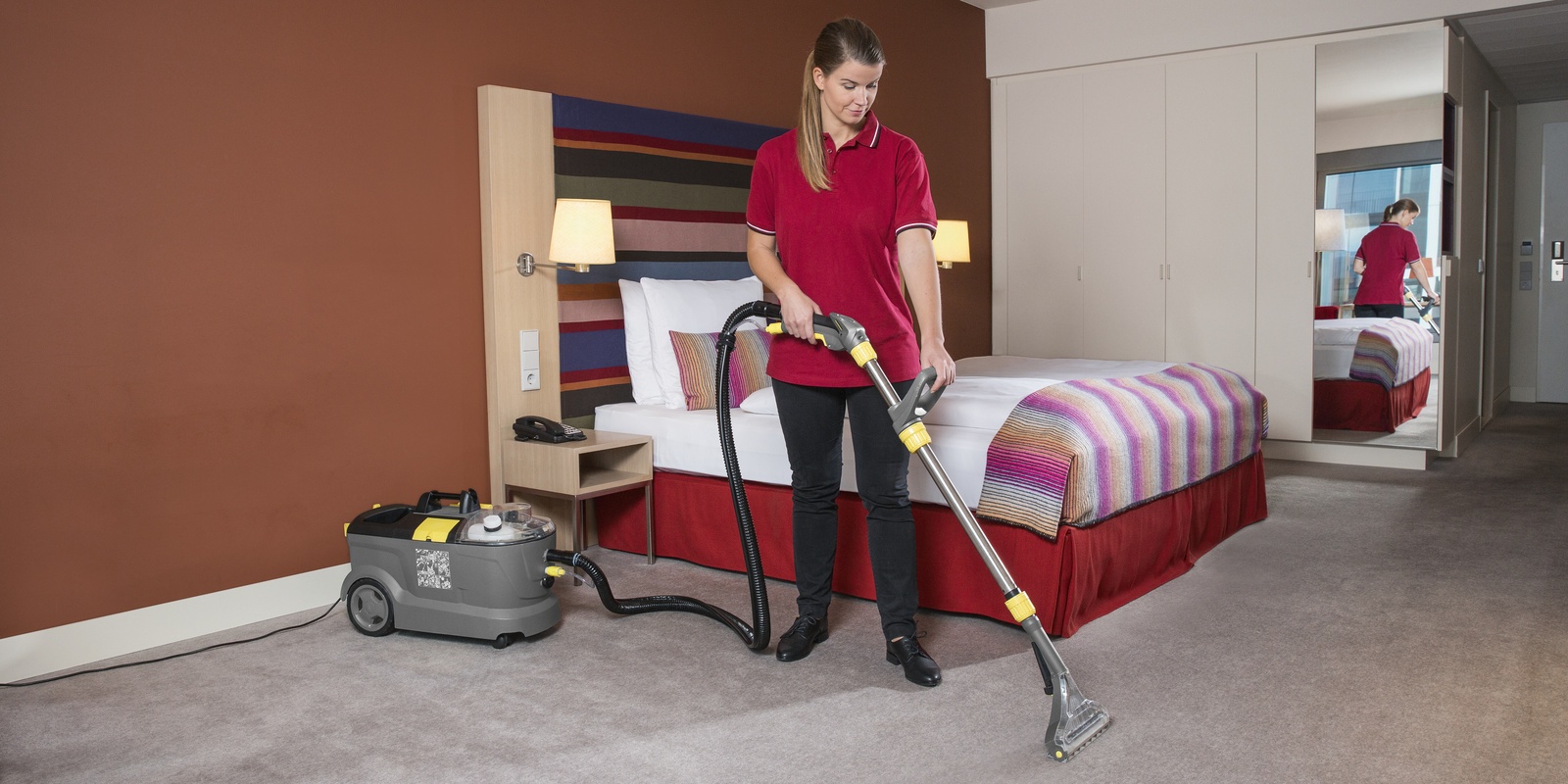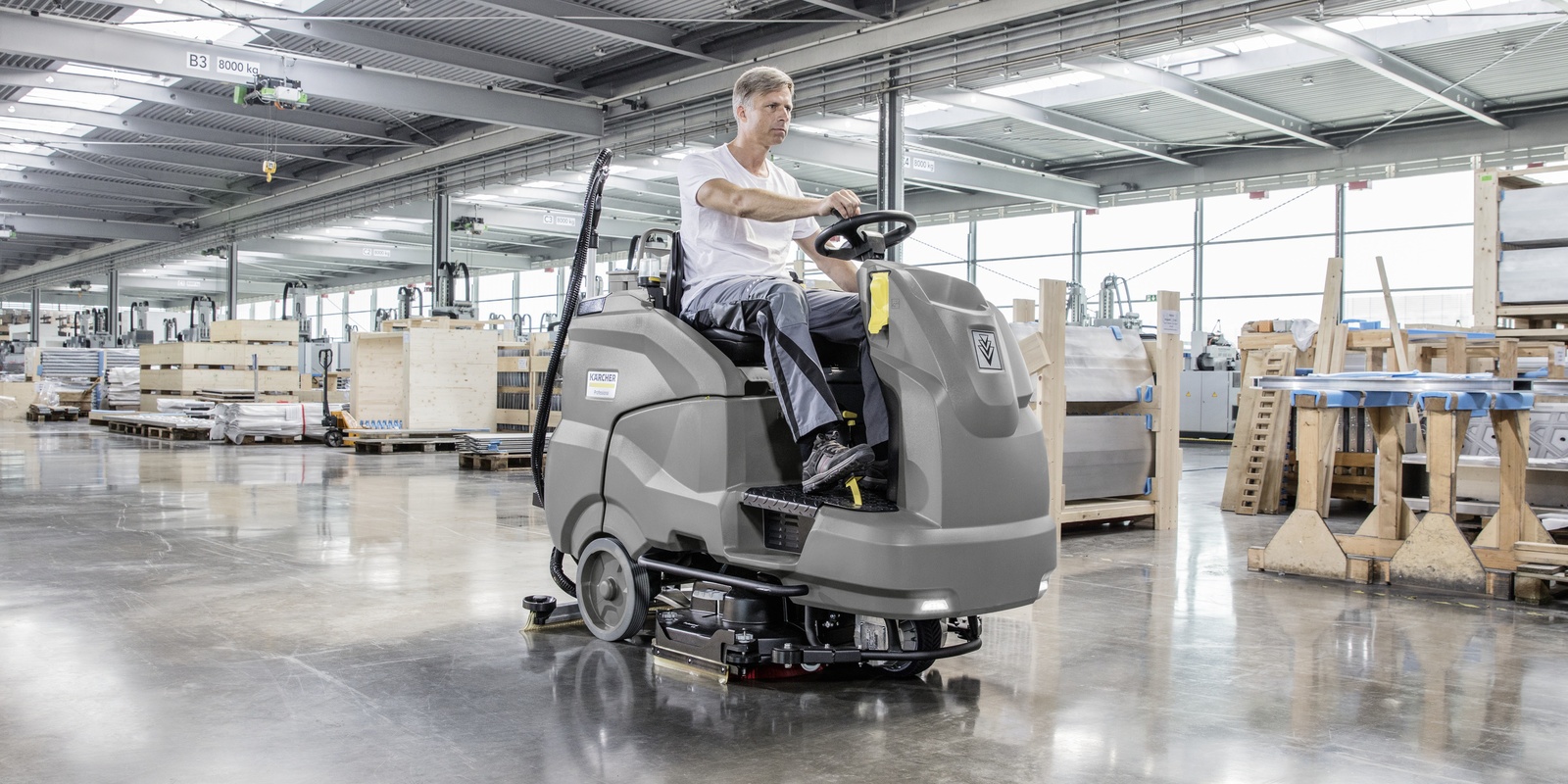Cleanliness and hygiene for walls, tiles and machines
Wherever food is cooked, there will be stubborn stains. Grease and food residues must be systematically removed in accordance with the HACCP guidelines, in order to eliminate the breeding grounds for viruses and bacteria. With the right equipment, commercial kitchens can be thoroughly and efficiently cleaned and disinfected.
Cleaning and disinfection in accordance with HACCP*
In order to produce hygienically safe food, the kitchen and associated rooms (storage rooms, refrigeration facilities) and the available machines must be kept clean through careful cleaning and disinfection, where appropriate. As the various areas and machines have different cleaning intervals, a cleaning schedule must be created and displayed in a prominent position in each area that requires cleaning. This schedule must clearly specify:
- what must be cleaned (machines, surfaces, floors),
- when to clean (after use, daily, weekly),
- what to clean with (cleaning agent and dosage),
- Who must clean (responsible worker).
Completed tasks must be accurately logged and clearly documented by signature to allow monitoring. It must be noted that cleaning and disinfection are two separate procedures. Cleaning aims to remove dirt and contamination, i.e. any undesirable substances including product residue, microorganisms and cleaning agent/disinfectant residue. Disinfection comprises chemical and physical processes to eliminate microorganisms to a level that is neither hazardous to health, nor damaging to the quality of food.
*HACCP=Hazard Analysis Critical Control Point, a quality tool geared to preventive measures, designed to ensure safety in the production and handling of food and to avoid risks that could lead to illness or injury to consumers.
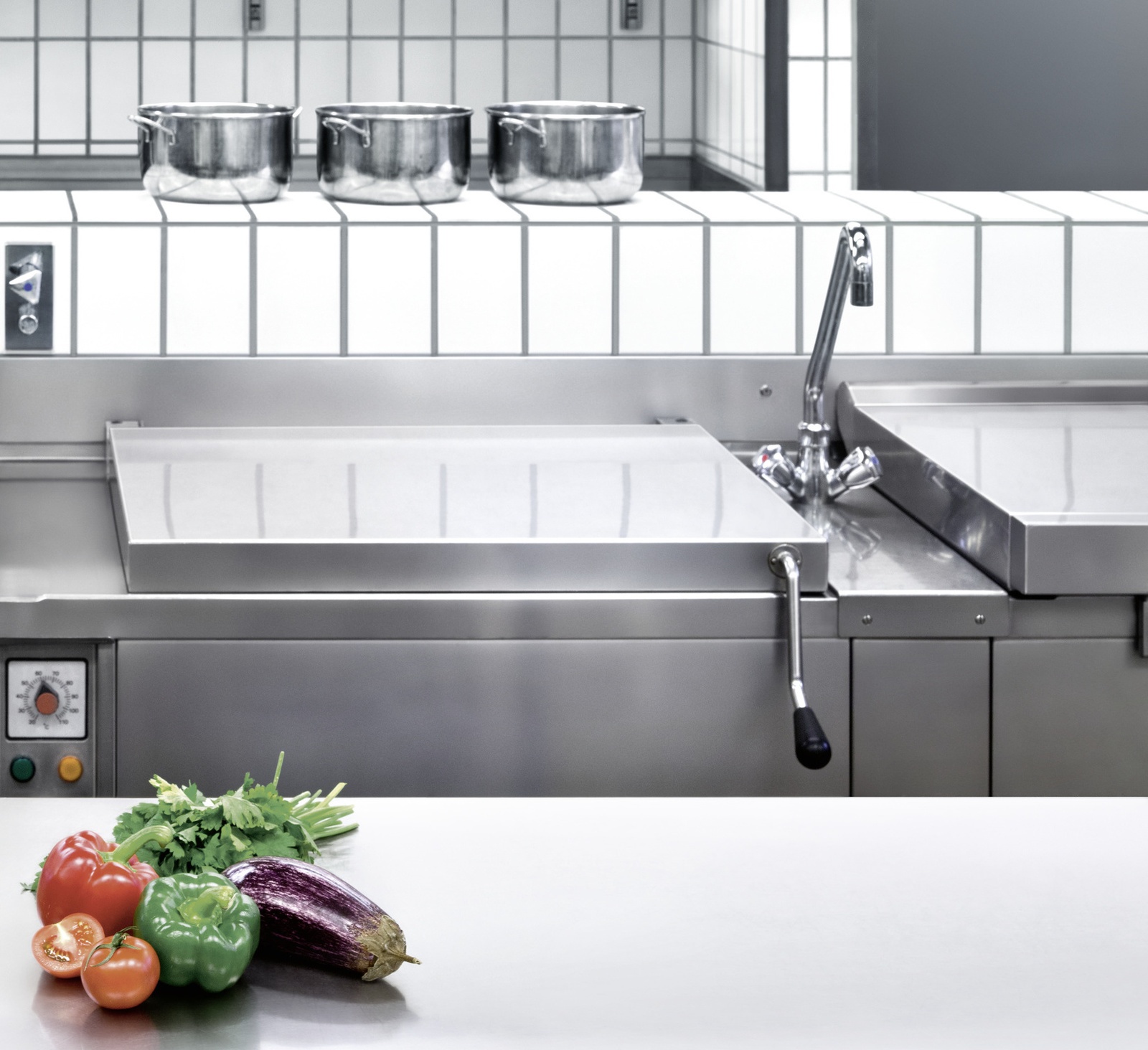
Efficient cleaning in all corners

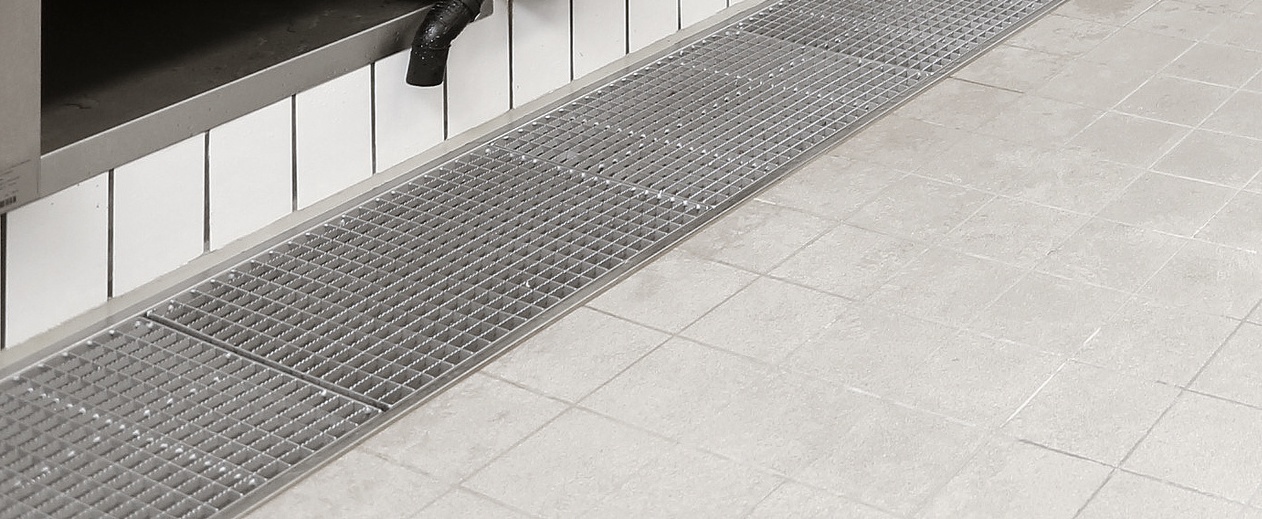
Preventing accidents: Anti-slip tiles and slip resistance values
Tiles used in work spaces, industrial areas and public spaces must meet the prescribed anti-slip rating as per evaluation groups R9 to R13 in accordance with DIN 51130. This is to prevent accidents. To test the value, a tester wears protective shoes to stand and walk on a sloping surface to which oil has been applied. The higher the R group, the greater the angle of inclination of the tested surface. It ranges from >6°–10° at a low slip rating (R9) up to >35° at a very high slip rating (R13).
Products for each needs
You may also be interested in:
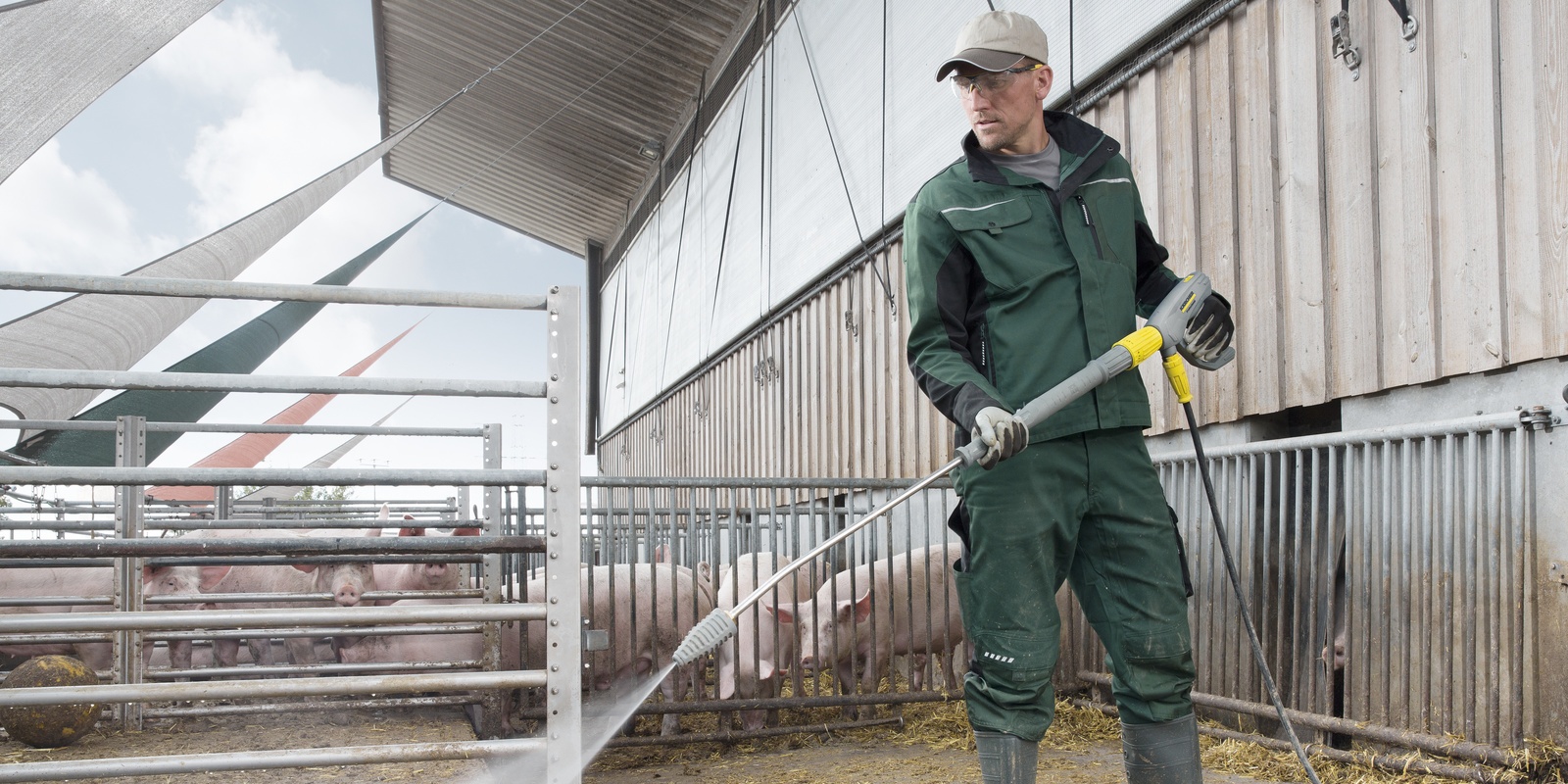
African swine fever: Prevention through cleaning
With the outbreak of African swine fever (ASF) in Belgium, the virus has reached central Europe. Proper cleaning on the farm allows farmers to make an important contribution to protecting their livestock.








